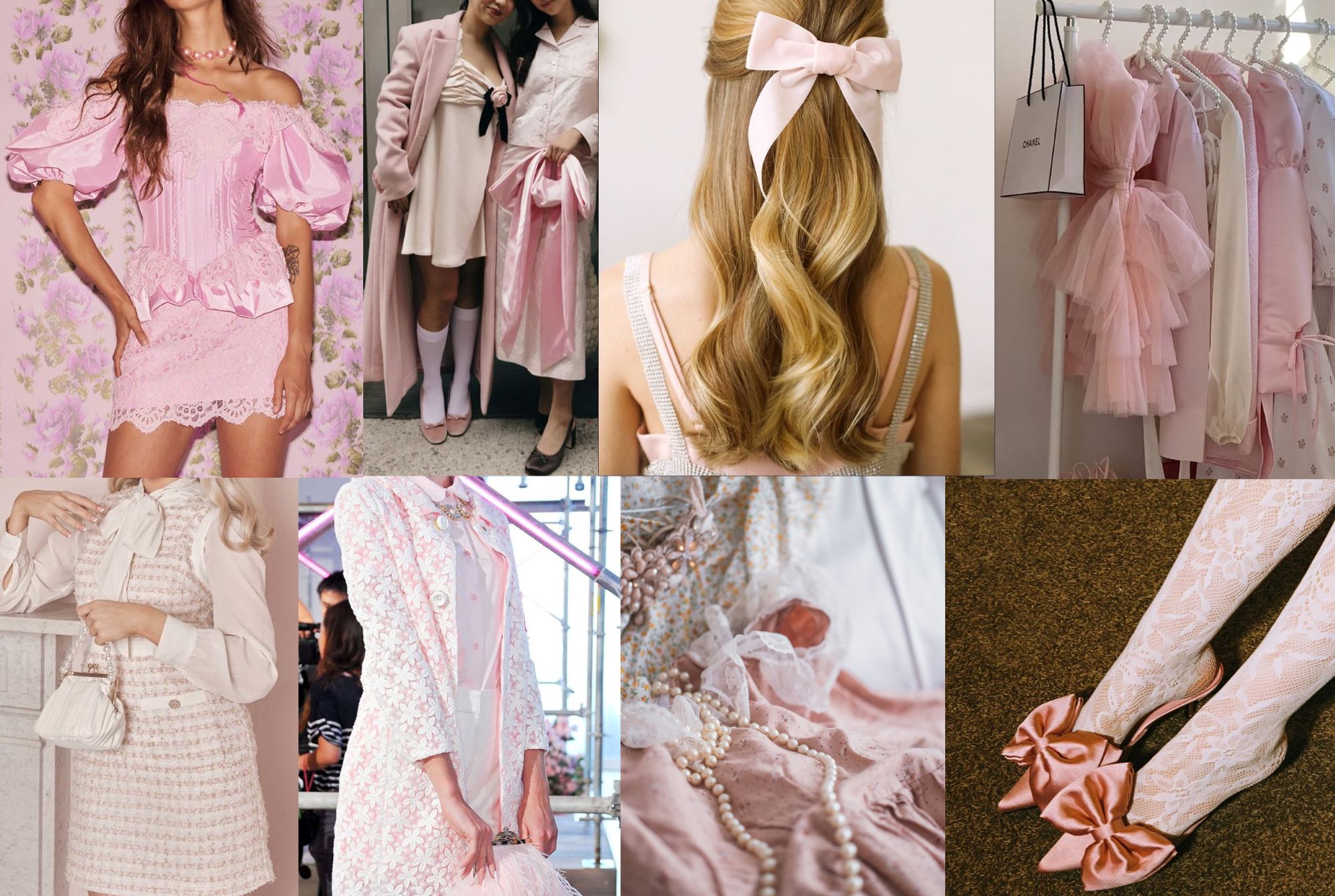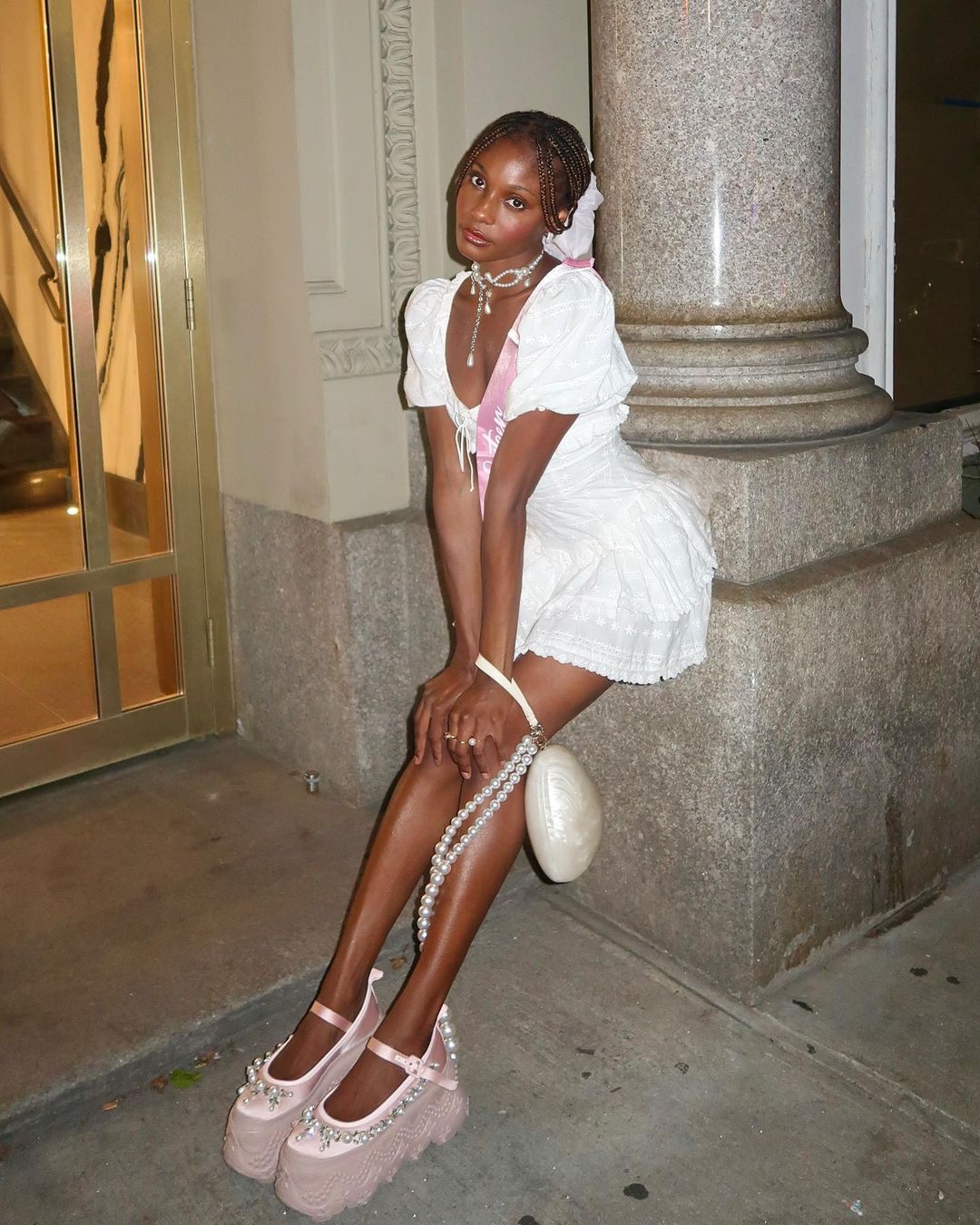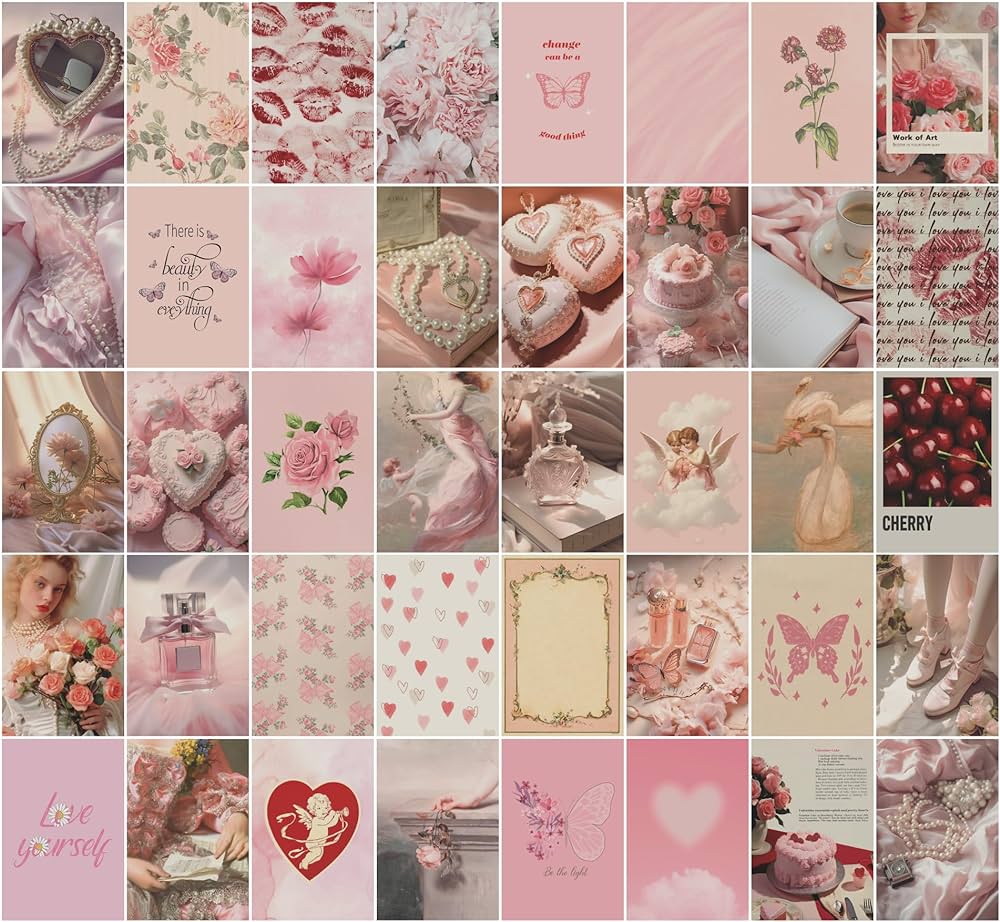In the realm of human interaction, coquetry stands as a captivating dance of flirtation and allure, a subtle art that has captivated hearts and ignited desires for centuries. It is a delicate balance of playful charm, enigmatic wit, and confident self-assurance, a symphony of unspoken cues and subtle gestures that weave a web of intrigue and attraction.

Contents
- 1 Understanding the Coquette: A Portrait of Charm and Wit
- 2 The Art of Coquetry: A Symphony of Subtle Techniques
- 3 Coquetry in Action: Navigating Different Contexts
- 4 Coquetry vs. Manipulation: Walking the Ethical Line
- 5 Coquetry and Self-Esteem: A Delicate Dance
- 6 The Role of Gender in the Art of Coquetry
- 7 Coquetry in the Modern Age: Adapting to the Digital Landscape
- 8 Conclusion: The Enduring Power of Coquetry
Understanding the Coquette: A Portrait of Charm and Wit
The coquette often mistaken for a mere flirt or tease, embodies a far more refined and nuanced persona. Their charm lies in their ability to engage in witty banter, captivating others with their sharp intellect and quick wit. They possess an air of confidence that is not arrogance, but rather a self-assuredness that draws others in.
Their behaviors are a testament to their mastery of the art. They flirt with a touch of mischievousness, their words laced with teasing innuendo and playful banter. Their body language speaks volumes, subtle glances and coy smiles conveying unspoken messages of interest and attraction.
Motivations for coquetry are as diverse as the individuals who embody it. For some, it is a game, a delightful dance of flirtation that brings joy and excitement. Others find in it a boost to their self-esteem, a validation of their attractiveness and ability to captivate. And still, others wield coquetry as a tool for social connection, building rapport and establishing memorable first impressions.
The Art of Coquetry: A Symphony of Subtle Techniques
Coquetry is not merely a matter of innate charm; it is a refined art that requires a delicate touch and a keen understanding of human interaction. Mastering conversation is at the heart of coquetry. Engaging in witty banter, asking intriguing questions, and actively listening to others’ responses are essential skills for drawing others in.
Non-verbal communication plays an equally important role. Eye contact, the universal language of attraction, is a coquette’s powerful tool. Subtle gestures, like a gentle touch of the arm or a lingering gaze, can convey unspoken messages of interest. Body language, from the tilt of the head to the angle of the body, can speak volumes about one’s level of engagement and attraction.
Maintaining an air of mystery is essential for a coquette. Leaving room for interpretation, avoiding oversharing personal details, and allowing others to fill in the blanks adds to the intrigue. It is this sense of mystery that keeps others guessing, piquing their curiosity and fueling their desire to unravel the enigma.
Playfulness and humor are the lifeblood of coquetry. Lighthearted banter, teasing with a touch of affection, and creating a sense of fun and connection are key to keeping the spark alive. Laughter is a powerful aphrodisiac, and a coquette knows how to use it to their advantage.
Confidence and self-assurance are the foundation upon which coquetry is built. Projecting an air of self-belief and attractiveness without being arrogant is essential. A coquette knows their worth and carries themselves with a grace and poise that draws others in.
The art of coquetry can be adapted to various social settings, each requiring a slightly different approach. In romantic relationships, coquetry can add spice and intrigue, keeping the spark alive and preventing complacency from setting in. It is a way of reminding one’s partner of the qualities that initially drew them together, rekindling the flame of attraction.
In social settings, coquetry can be a powerful tool for making a memorable first impression. It is a way of captivating others with one’s charm, wit, and personality, leaving them wanting more. A well-placed flirtation, a playful tease, or a lingering look can leave a lasting impression, making one the talk of the party.
Even in the professional realm, coquetry can be used to build rapport and establish connections. It is a way of making others feel at ease, creating a sense of camaraderie and trust. A touch of flirtation, a lighthearted joke, or a genuine compliment can go a long way in building relationships and fostering a positive work environment.
Coquetry vs. Manipulation: Walking the Ethical Line
Coquetry, when practiced with genuine intentions and respect, is a harmless and often delightful art form. However, it is important to distinguish it from manipulation, which involves deception and emotional exploitation to gain an advantage.
Genuine interest is the hallmark of true coquetry. It stems from a genuine admiration and appreciation for others, not from a desire to control or manipulate them. A coquette flirts for the joy of the game, not for personal gain or power.
Mutual respect is another crucial element that separates coquetry from manipulation. A coquette considers the feelings and boundaries of others, never engaging in behavior that is hurtful or disrespectful. Coquetry should be a source of pleasure and connection, not discomfort or manipulation.
Coquetry and Self-Esteem: A Delicate Dance
The validation of one’s attractiveness and ability to captivate others can be a powerful boost to confidence. The attention and admiration received through coquetry can be a source of validation and self-worth.
However, it is important to remember that coquetry should not be a substitute for genuine self-esteem. True confidence stems from inner strength, a sense of self-worth that is independent of external validation. Coquetry should be a way of expressing one’s confidence, not a means of creating it.
The Role of Gender in the Art of Coquetry
Traditionally, coquetry has been associated with femininity, a tool wielded by women to attract and captivate men. However, the landscape of coquetry is evolving, challenging these rigid gender stereotypes.
Coquetry, at its core, is about the art of attraction, and it is not limited by gender. Men can be equally adept at the art of coquetry, using charm, wit, and subtle cues to draw others in. The key lies in authenticity and expressing one’s personality in a way that is both playful and respectful.
Cultural influences also play a role in shaping the norms of coquetry. What is considered flirtatious or playful in one culture might be seen as inappropriate or disrespectful in another. It is important to be mindful of cultural differences and adapt one’s approach accordingly.
Coquetry in the Modern Age: Adapting to the Digital Landscape
The rise of online dating and social media has presented new opportunities for coquetry to flourish in the digital realm. A well-crafted online profile, a witty message, or a playful emoji can all be used to spark interest and initiate flirtation.
However, it is important to remember that authenticity and genuine connection are still paramount in the online world. Coquetry in the digital age should not be a game of superficiality, but rather a way to build genuine connections and establish meaningful relationships.
Respectful communication is also crucial in online coquetry. Sending inappropriate messages, spamming someone with unwanted attention, or crossing personal boundaries are never acceptable. Coquetry should always be conducted with respect and consideration for the other person’s feelings and comfort level.
Conclusion: The Enduring Power of Coquetry
Coquetry, when practiced with authenticity and respect, remains a powerful tool for attraction and connection. It is a delightful dance of playful charm, a captivating game that adds spice to relationships and creates a sense of intrigue in social interactions.
By embracing coquetry as a means of self-expression, fostering genuine connection, and setting healthy boundaries, one can navigate the art of attraction with grace and confidence. Whether it’s rekindling the flame in a long-term relationship, making a lasting impression at a social gathering, or fostering rapport in a professional setting, coquetry offers a timeless approach to human interaction, reminding us of the power of charm, wit, and a touch of playful mystery.


